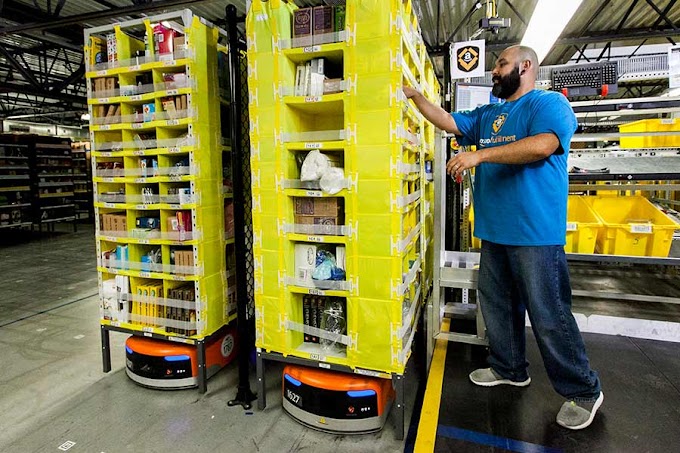Based on a Survey of 1,000+ U.S. Brands
The State of the Industry
Modern marketplaces are shaping the future of e‑commerce, with Amazon as the driving force and Walmart steadily gaining ground.
Consumers are increasingly shifting their shopping behavior to marketplaces over brand and retailer websites, using these digital destinations for every phase of their purchase journey, from discovery to price comparison to conversion.
In 2018, consumers spent a staggering $1.66 trillion globally on the top 100 online marketplaces, generating 50% of global e‑commerce sales for that year.1 Then, for the first time in history, the U.S. e‑commerce market in 2019 surpassed 10% of total U.S. retail sales.2
Read:Managing Potential,E-Commerce, Fulfillment Problems During Q4
The reach, sophistication, and convenience that online marketplaces offer have paved the way for a burgeoning “marketplace economy,” and Amazon is the epicenter. The company’s third-party marketplace accounts for nearly 60% of gross merchandise value (GMV) of marketplaces worldwide.3
While many brands have eagerly embraced the disruption of marketplaces within e‑commerce, others simply do not have the proper tools and guidance to help them succeed on platforms as dynamic as Amazon’s.
Yet, marketplaces are a key component of any e‑commerce strategy, and a robust advertising approach is imperative. As Amazon — with nearly 8% of the digital ad market — continues to compete with the Google-Facebook duopoly, brands will need a clear understanding of where to allocate their digital media spend across their channel mix to drive the highest ROI.4
With AI-powered technology, data-driven marketplace intelligence, and hands-on expertise, brands can bridge the gap between the “black box” of Amazon and their business, providing support and strategic solutions to help them navigate — and win — on and across Amazon, Walmart, and more.
Our second annual analysis, “Brands and Amazon in the Age of E‑Commerce,” documents more than 1,000 U.S. brands and their unique relationships with Amazon, including a deep dive into their media spend and advertising strategies; how the platform fits into their overall e‑commerce mix; annual revenue figures; and areas of tension and opportunity.
Whether you identify as a brand, retailer, private label seller, or other, this report sheds light on the strategies and opportunities you can leverage to navigate today’s disruptive, Amazon-driven retail ecosystem.
Read:What Is an E-Marketplace,ecommerce marketplace
We hope you enjoy the insights of this report as much as we enjoyed mining them, and expect they will help you to reach new audiences, control your marketplace presence, and drive revenue and profits, all while maintaining your hard-earned equity and identity.
Findings at a Glance
- 73% of brands advertise on Amazon, up from 57% last year.
- 83% of brands see at least a 4x return with Amazon Advertising.
- 54% of brands selling on Amazon said e‑commerce marketplaces are their greatest source of opportunity.
- 62% of brands use Amazon to drive sales.
This survey was conducted by Zogby Analytics, a nationally and internationally respected opinion research firm, on behalf of Feedvisor. It was distributed online, from Nov. 15, 2019 to Dec. 6, 2019, among a national sample of 1,000+ retail business decision makers. Results from the full survey are based on a confidence interval of 95% and have a margin of error of plus or minus 3.1 percentage points. All numbers have been rounded to the nearest percent.





0 Comments